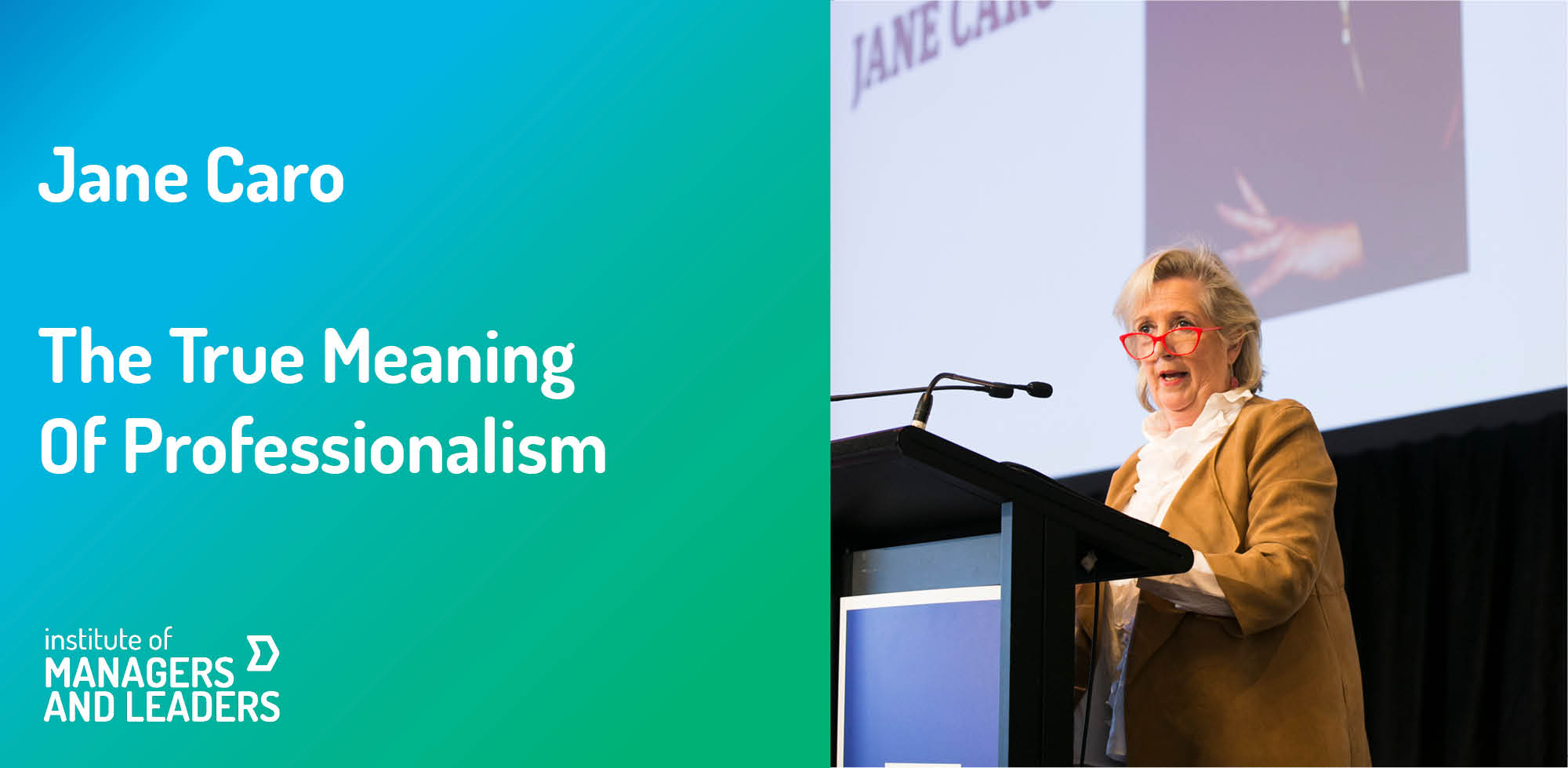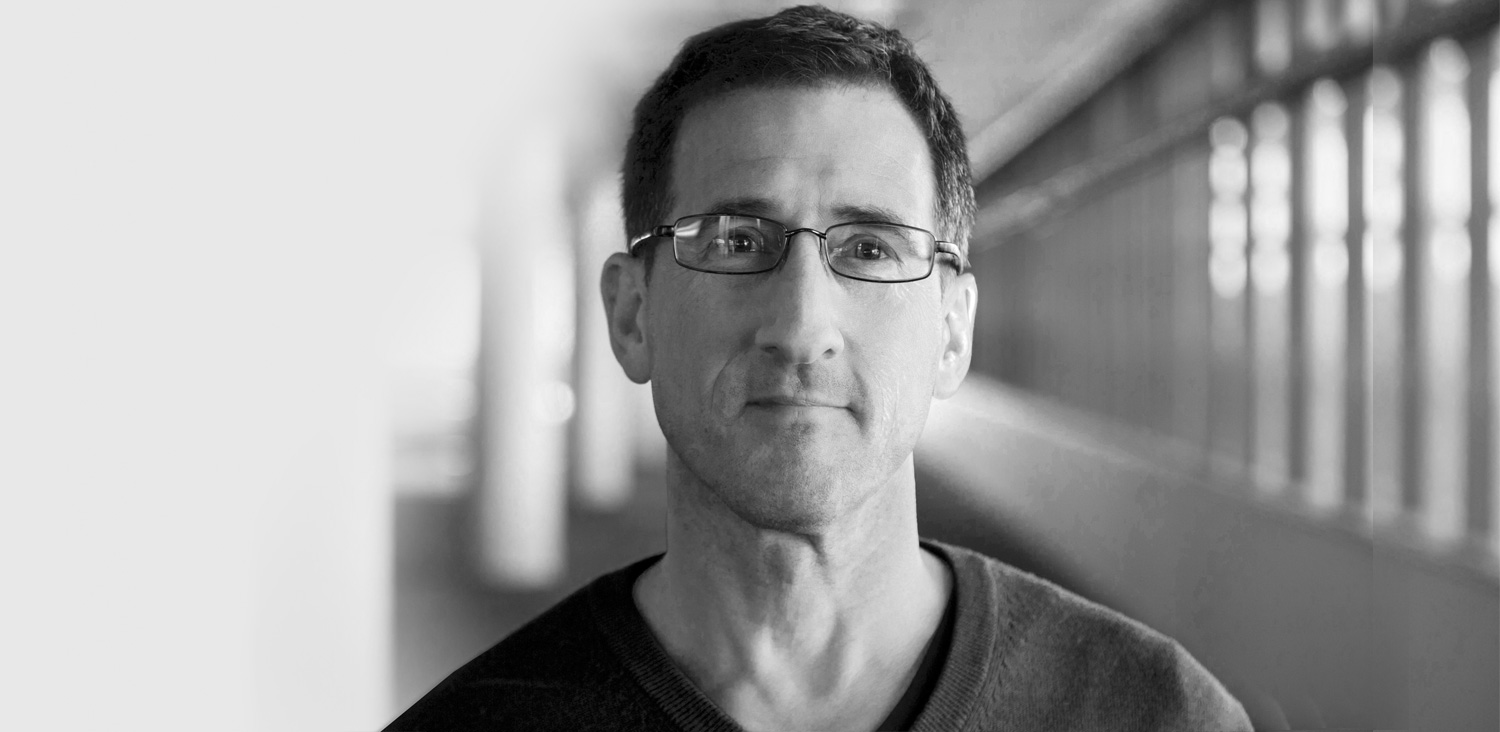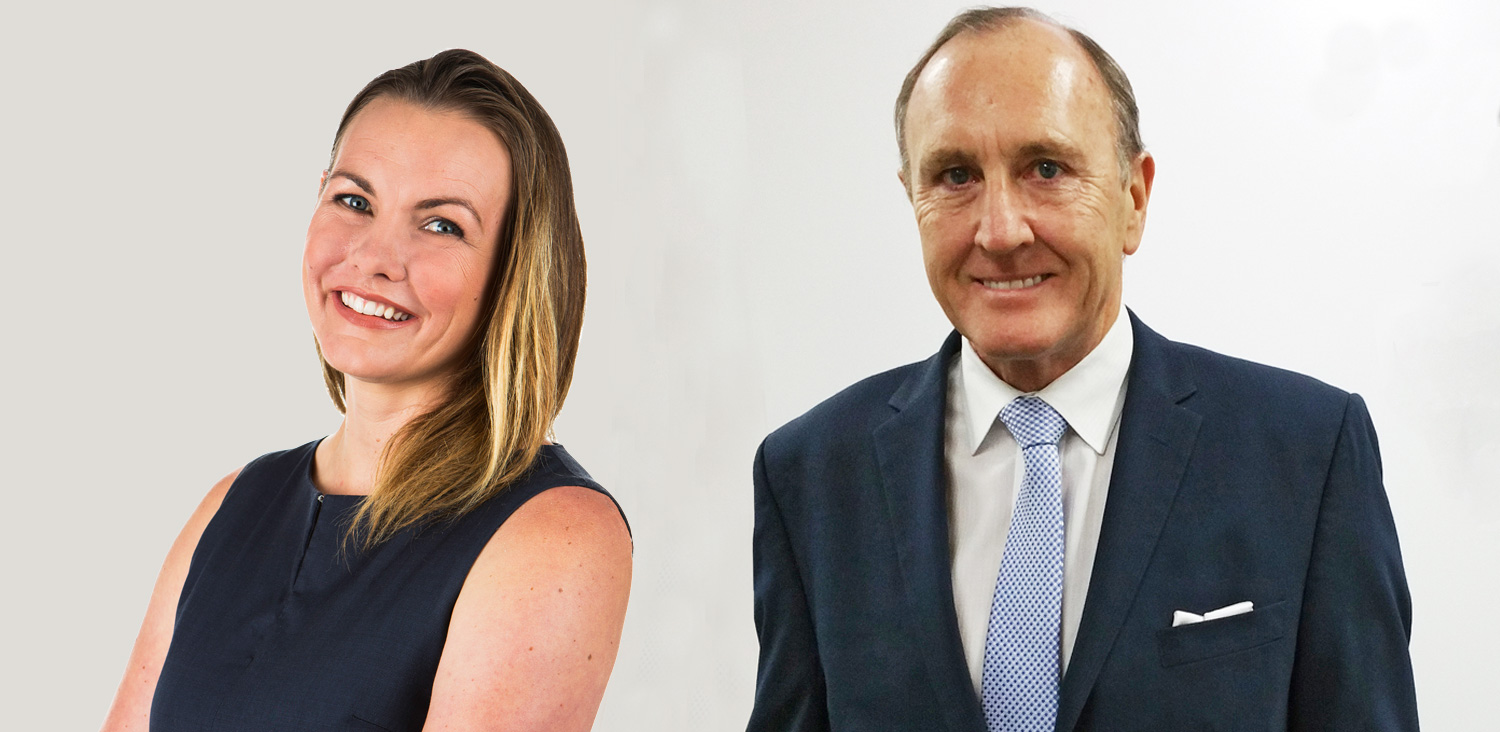When Starbucks lost its way it had to come up with a whole new recipe. By Fiona Smith
When you order a grande chocolate chip frappuccino at Starbucks, you know exactly what you will be getting – a lot of calories, some free Wi-Fi and a friendly chat with the staff, who may amuse you by misspelling your name on your plastic cup.
It is this reliability that helped make the US cafe company one of the world’s most successful retail chains, but nine years ago, Starbucks was ready to implode. The company had over-reached in its ambitious expansion and was forced to close about 900 stores worldwide.
In Australia, which never embraced Starbucks as enthusiastically as other countries, 66 shops were shut down – leaving only 23.
Stepping back in to the CEO role after an eight-year absence, chairman Howard Schultz sought to reconnect the company with its vision and mission statement, which was: “To inspire and nurture the human spirit – one person, one cup and one neighbourhood at a time”.
Schultz explained at the time that the company had become too focused on the money and had lost sight of the people.
Starbucks’ turnaround is now the stuff of corporate legend. Reversing from the brink, Starbucks last year posted record-high profits of $US2.8 billion on revenues of $19 billion.
Shultz has said an integral part of the recovery was his decision to stage the company’s 2008 conference in New Orleans, which was still struggling to get back on its feet after the devastating Hurricane Katrina three years earlier.
About $US30 million was spent taking 10,000 store managers to the city, starting their conference with community service – building, painting and cleaning for the residents.
“I went to New Orleans because I knew that if I could remind people of the character and the values of who we have been, by starting the conference, not with the conference, but 50,000 hours of community service, that we would make a difference,” he said in an interview in the Harvard Business Review.
“And if we didn’t have New Orleans, we wouldn’t have turned things around. I’m convinced of that. It was the most powerful experience that any of us have had in years, because it was real, it was truthful, and it was about leadership.”
For all the cynical commentary that often surrounds discussions about company vision statements, aligning an organisation with a higher purpose can be a powerful business strategy, says Sydney-based consultant Alan Riva, who uses the concept of ‘purpose’ to grow businesses.
“It’s the glue that holds everything together,” says Riva, pointing to a study of 50,000 brands that found that the 50 highest-performing businesses were those who centred their businesses on the ideal of improving people’s lives.
These companies grew three times faster than their competitors and were 400 per cent more profitable than the S & P 500.
“This is a beautiful piece of research. We have these shining stars of businesses that show that purpose and vision are what really helps galvanise a business,” says Riva, who consults for companies such as yoghurt maker Chobani, BUPA and CoreLogic RP Data.
But not all visions are created equal. The author of that research, former Procter & Gamble global chief marketing officer Jim Stengel, says some are too short-sighted to inspire anyone.
“Does a shared goal of improving people’s lives sound, well, too idealistic for the rough-and-tumble of business? What about practical, hard-nosed goals such as making the quarterly numbers, increasing market share, and cutting costs?” Stengel asks in his book GROW: How Ideals Power Growth and Profit At The World’s Greatest Companies.
“All are crucial, but the best businesses aim higher. When many business leaders articulate mission and vision statements, they typically talk about having the best-performing, most profitable, most customer-satisfying, most sustainable, and most ethical organisation.
“Strip away the platitudes, and these statements all aim too low.”
Such lack of ambition is a “recipe for mediocrity,” he says. Instead, the core beliefs of a business should be linked to fundamental human values that remain relevant through all sorts of business cycles and changes in strategy.
So, a vision should be “visionary”, but it also needs to connect to winning in terms of a customer or market, says the national leader of strategy consulting practice, Monitor Deloitte, Jeremy Drumm. If the customer or market are omitted, then employees are left to rally around products and services. “And that never inspires and is really a poor war cry,” he says.

“A strategy is only good if someone else is doing the exact opposite. In order to win in a market, there must be somebody else doing something differently.” – Jeremy Drumm, Monitor Deloitte
Another principle is that the vision should be broad enough so it remains relevant over decades.
Walt Disney’s simple vision – “To make people happy” – is open-ended enough to accommodate expansion into new businesses.
“If they had gotten really detailed and gone down a path [in their vision statement] of winning in animation, that would have been quite limiting and wouldn’t have seen them go into amusement parks or ships,” Drumm says.
Drumm uses the term “winning aspiration” to describe an organisational vision, but other commonly used terms are credo, manifesto, statements of intent, mission and core ideology.
Swedish furnishings company IKEA explains its vision (with a charming, slightly Scandinavian syntax): “At IKEA our vision is to create a better everyday life for the many people. Our business idea supports this vision by offering a wide range of well-designed, functional home furnishing products at prices so low that as many people as possible will be able to afford them.”
Microsoft keeps it short and simple: “Our mission is to empower every person and every organisation on the planet to achieve more.”
Some companies with enlightened-sounding aspirations today had more blood-thirsty rallying cries previously. US footwear company Nike had “Crush Adidas” as its 1960s motto, but now says its mission is “To bring inspiration and innovation to every athlete in the world”.
Responsibility for coming up with a vision varies from company to company. It can be dictated by a founder or CEO, it may involve consultants and, sometimes, it is a lengthy process of harvesting and distilling the views of every employee.
Drumm’s view is that it’s the CEO’s role to define and express the “winning aspiration”. “You don’t want to spend money and waste too much time on getting the perfect language around a vision statement, but if you don’t have one, then you don’t have a North Star and all the choices that you make underneath that will be unfounded … which is a horrible place to be because you will spin your wheels and waste more money.”
When a vision is in place, it should be relatively stable, underpinned by strategies that may change frequently, says entrepreneurial strategist, Paul Broadfoot.
“If you’re going to turn something around, a vision helps. Sometimes, it’s not until there’s a dramatic need for a turnaround that a vision gets renewed, or a strategy is linked more to a vision,” says Broadfoot, author of the Xcelerate book.
“The best businesses have both a strong vision and a strong strategy and that they have developed together.”
Drumm starts the strategy conversation by asking: “Where do you play?” and “how do you win?”
The first question examines the value of particular markets, customer segments, and sets of products and services.
“Those are pretty meaty questions but if they’re not answered in the context of the [vision], they won’t resonate,” Drumm says. “They are the essence of how you set strategy.”
“Those are the hardest questions you could possibly answer. They need to be mutually reinforcing and to align with your winning aspiration.
“And a strategy is only good if somebody else is doing the exact opposite. In order to win in a market, there must be somebody else doing something differently – either in that market, or in a different market in the same way.
“Otherwise, you all just fight and the prices go down and it’s a death spiral.”












